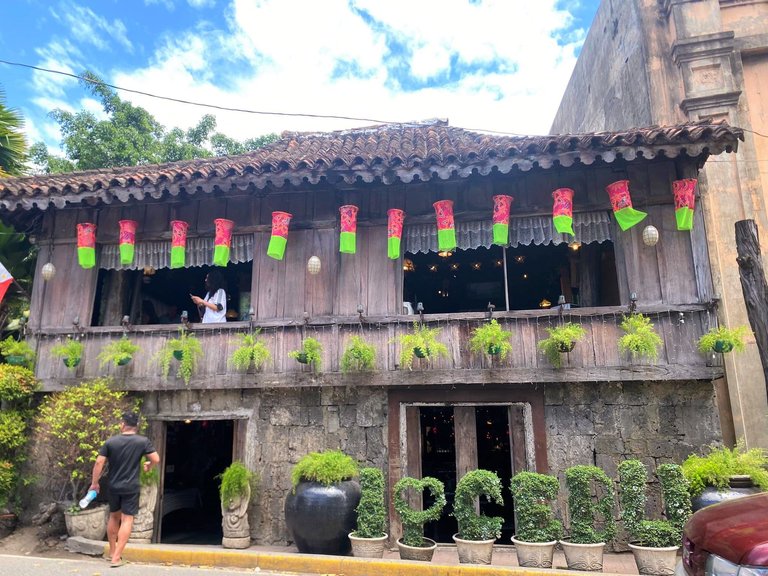
Note: You can take photos and videos as much as you like, and feel and touch the antique items, but please be careful not to break them. Also, you have to pay a hundred peso entrance fee. And I advise that you dress lightly.
I went with my friend during our lunch break, as the carinderia where we chose to eat is just across from the ancestral house.
Once we stepped inside, we felt the ancestral vibe, with most of the items near the main entrance being religious and paintings showcasing Spanish era happenings.

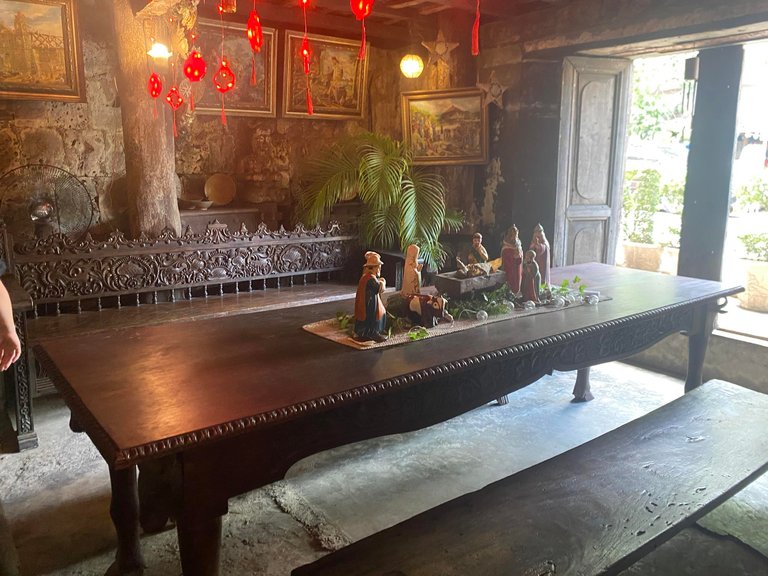
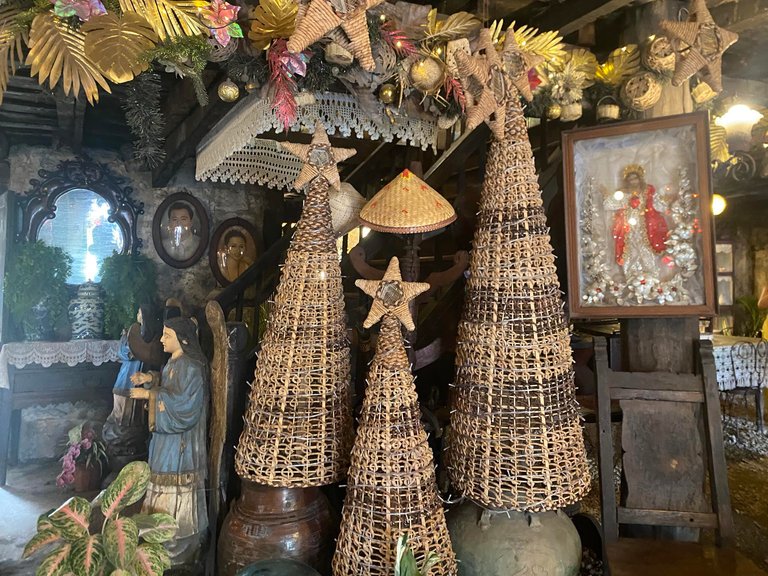
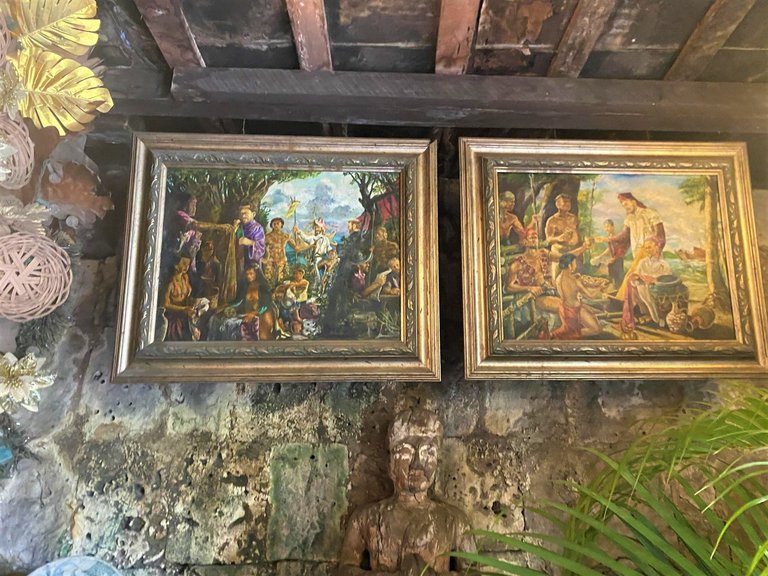
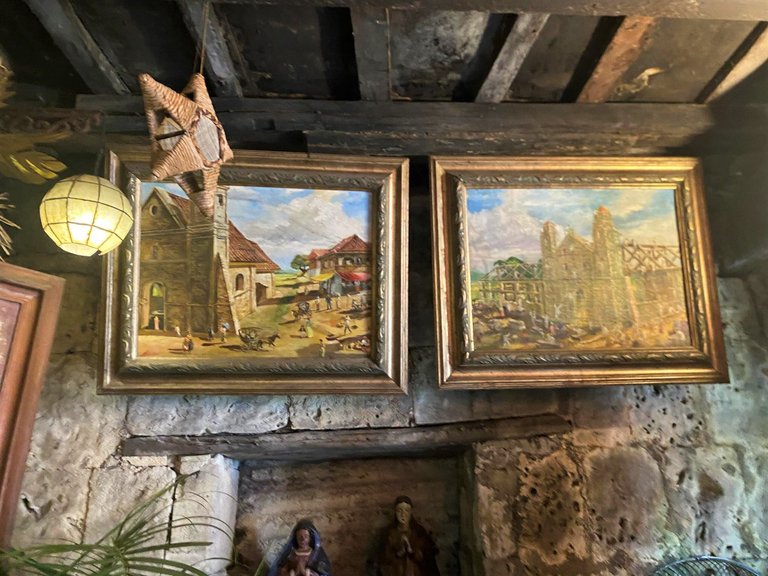
Although visitors can borrow a paypay (anahaw fan-a traditional hand-held fan of the Philippines) while exploring the house, we chose not to because we were too engrossed in our exploration to mind the heat.
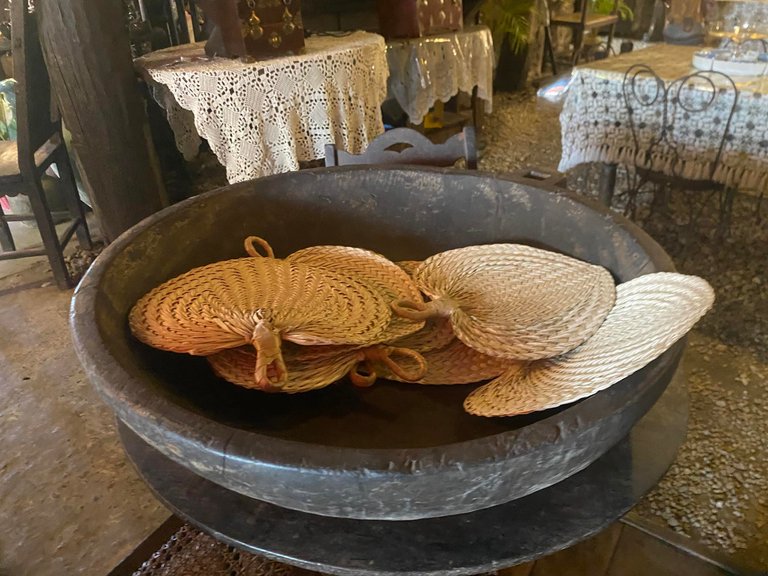
Tin showed me the harp, and it was truly exciting to see and touch such a big musical instrument.
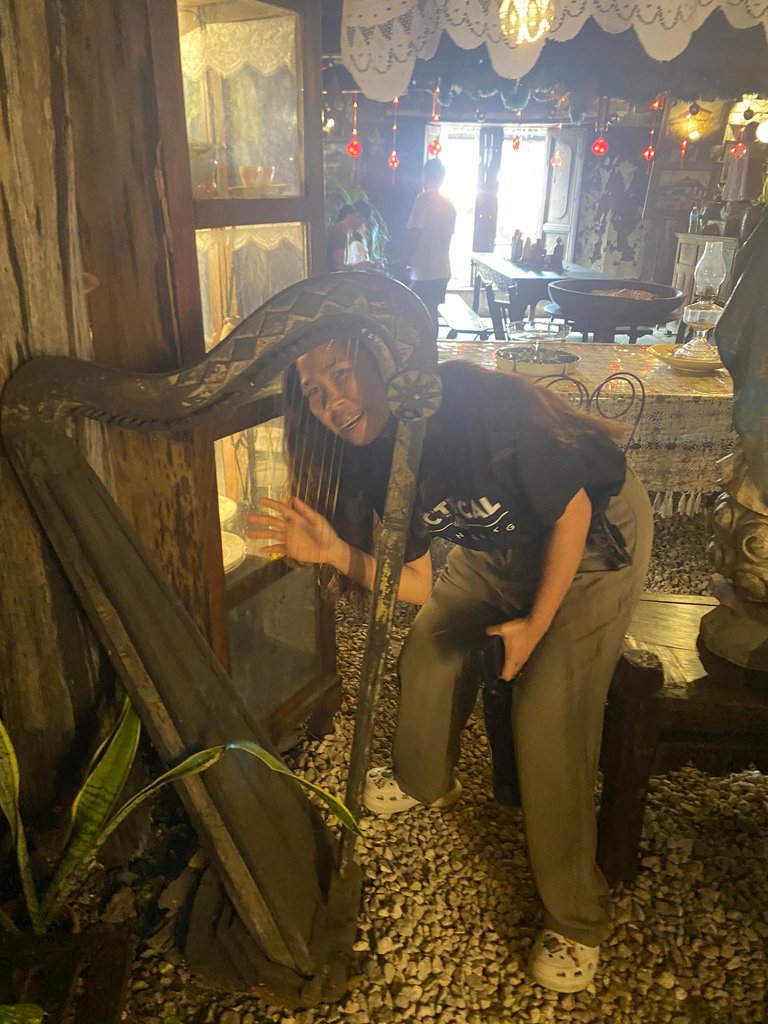
On the table, there is a sungka, a traditional Filipino board game. Although I don't know how to play it, seeing it in person just reminded me of its existence.
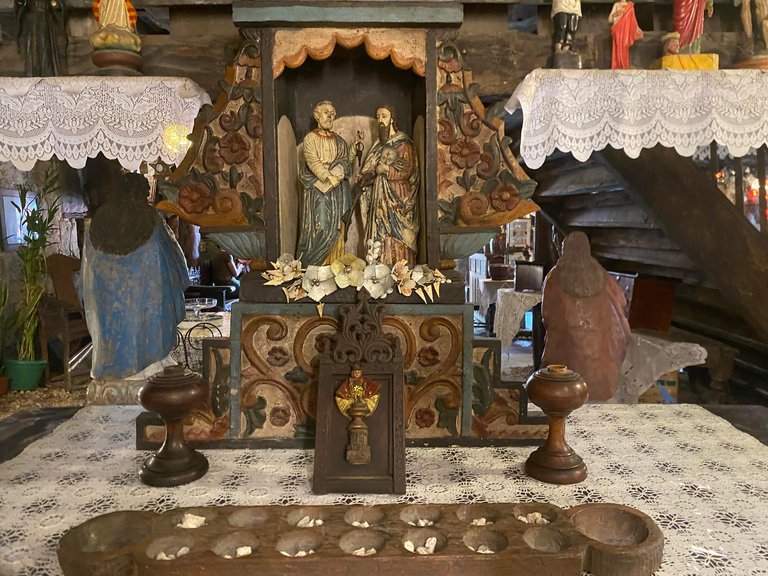
You'll see lots of Catholic religious statues in the ground floor of the house.
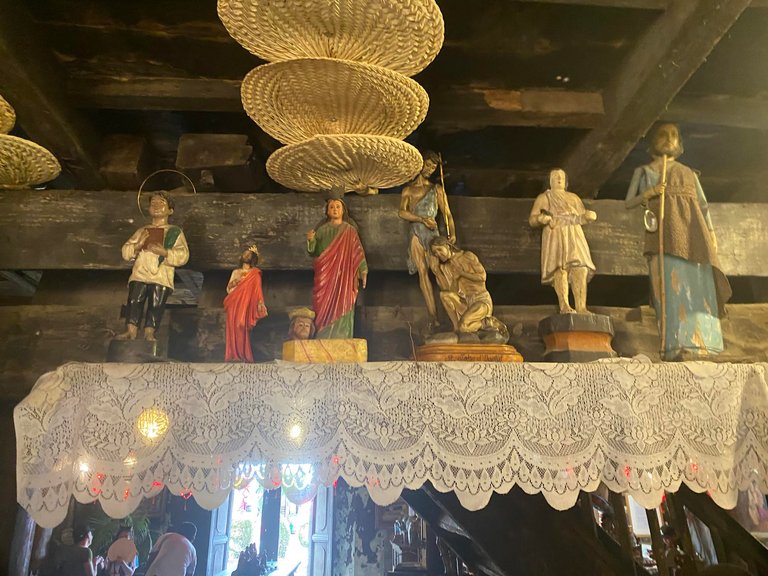
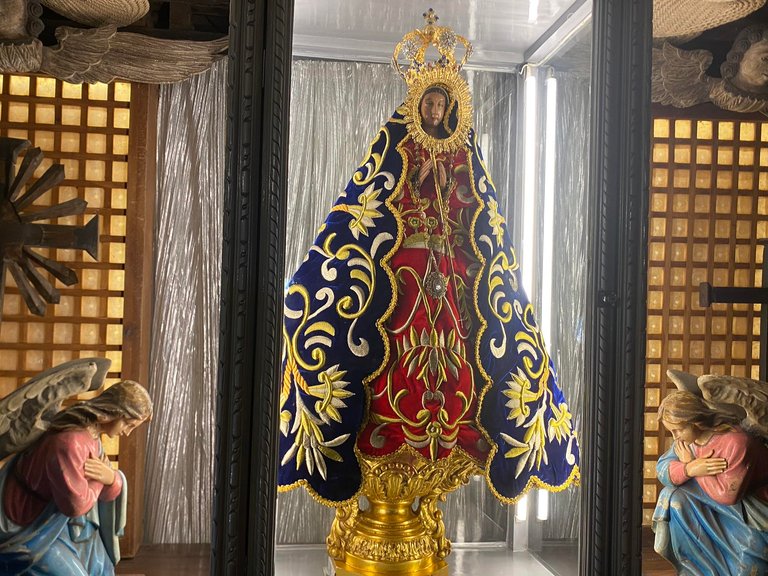
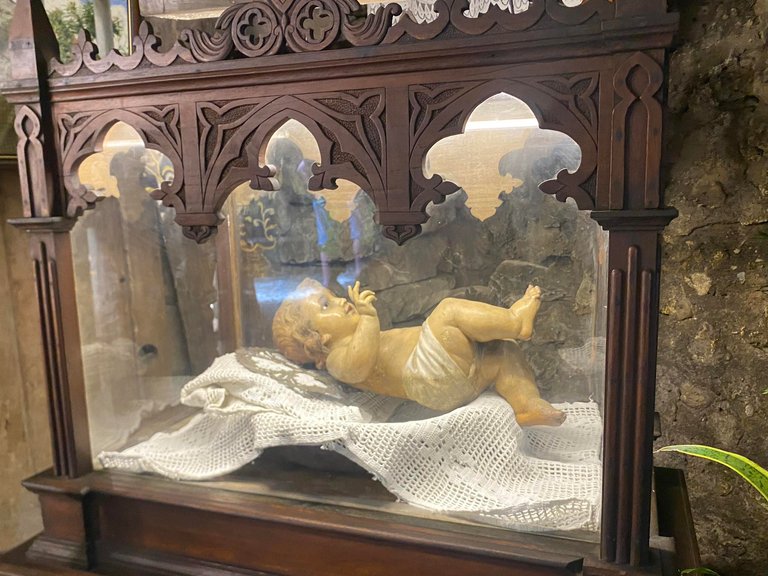
On the back side , the sign said there were drinks and souvenir items, but we didn't see any. Perhaps, they moved them outside, to the place just across the house.

We were not complaining, though, because this is what greeted us. This was the kitchen area of the house, and they turned it into something like this-it screams antique and unique.
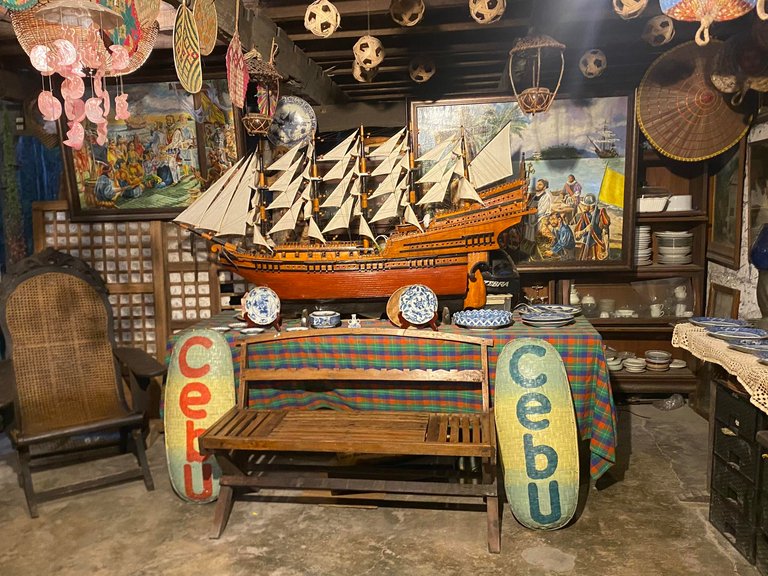
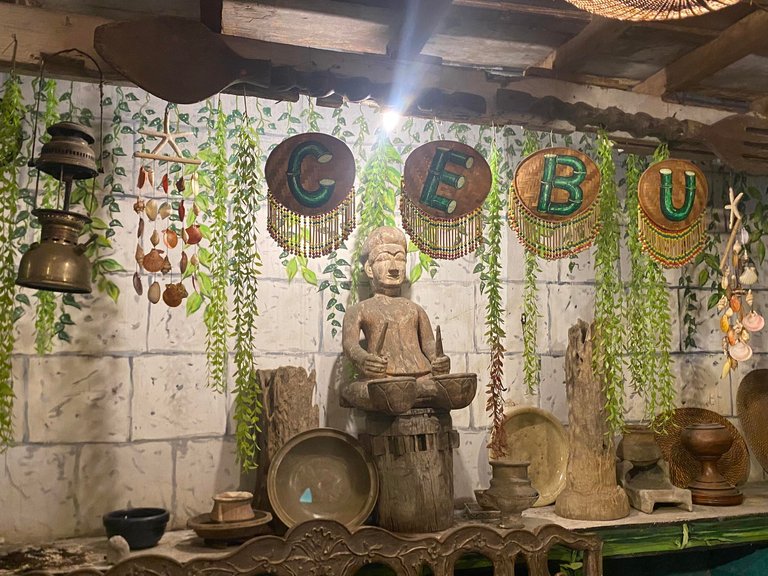
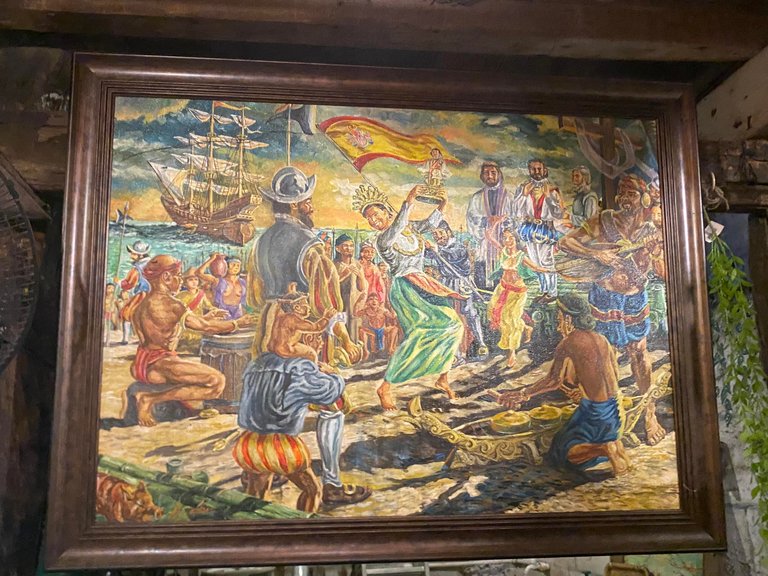
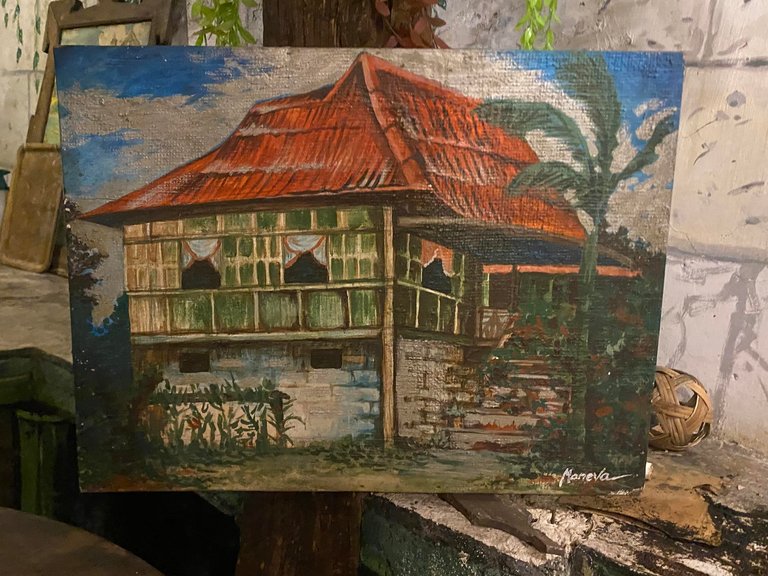
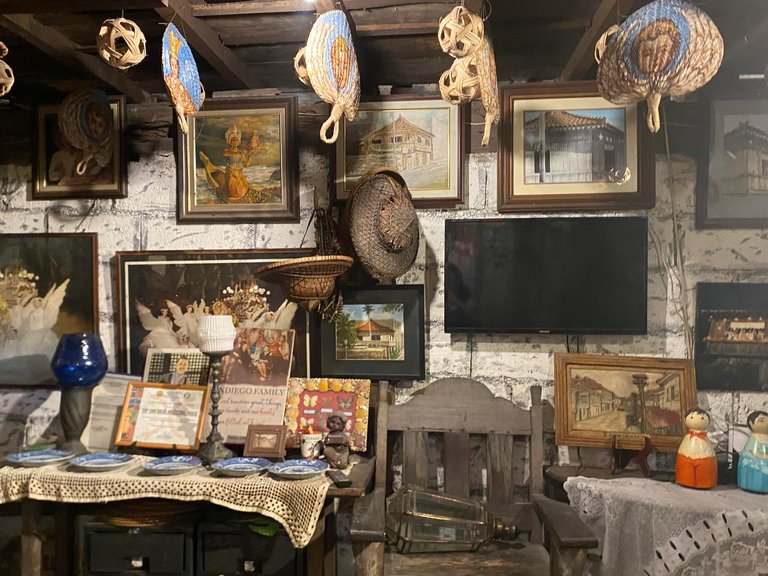
Since, we could touch any items here, we couldn't resist trying on the native hats. I felt really excited and happy while we were taking these pictures.
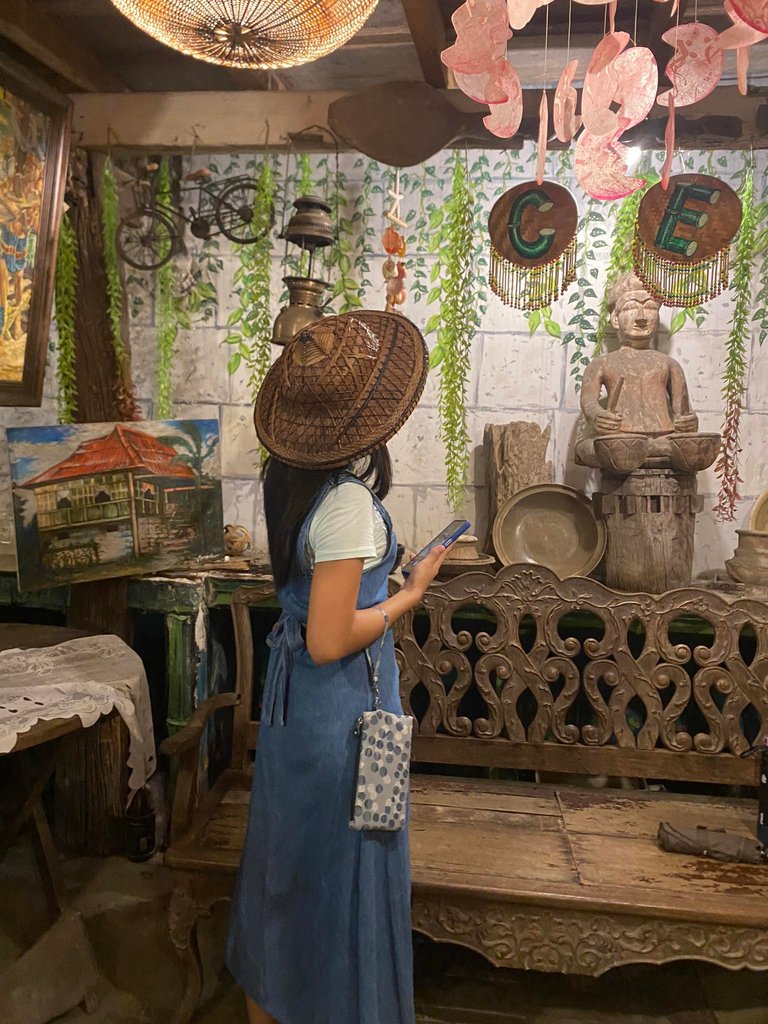
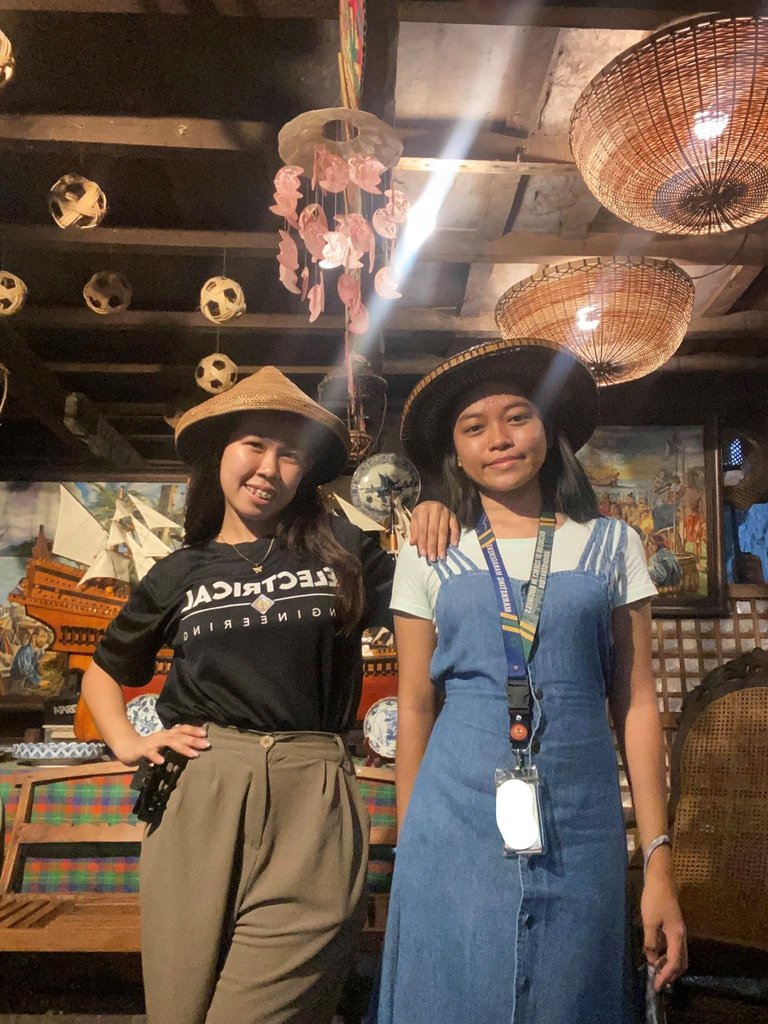
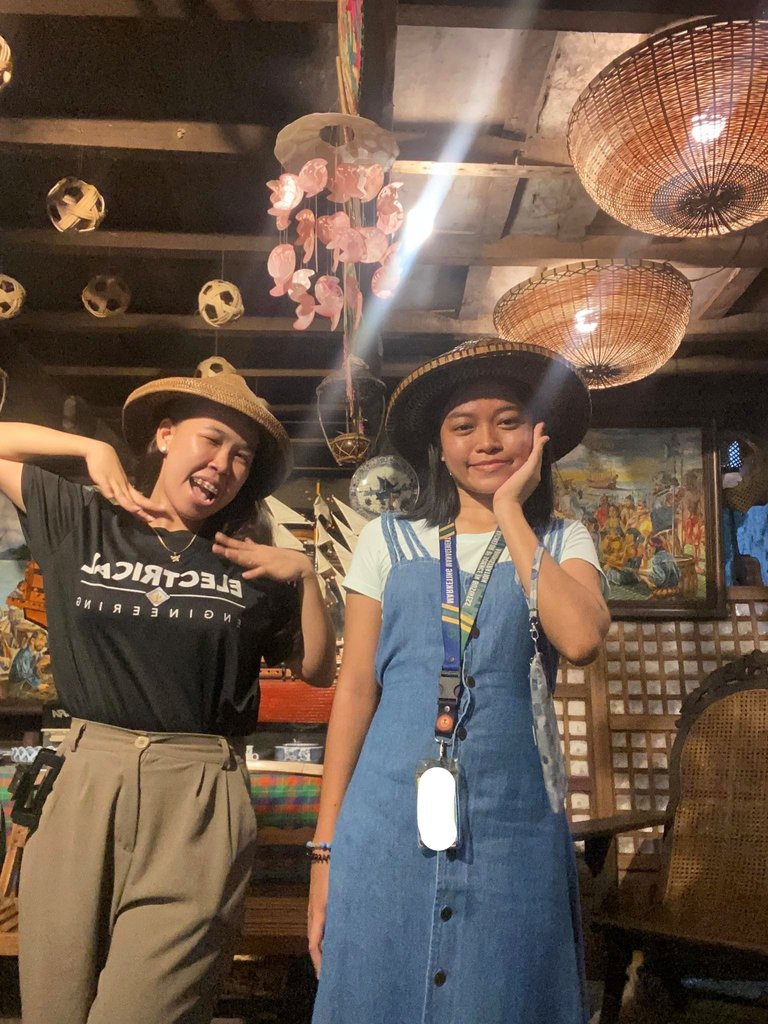
I couldn't help but notice these traditional Filipino peg dolls. I found them cute. When I looked up the price of these peg dolls, I found out that each one is priced at almost a thousand pesos. Holy moly!
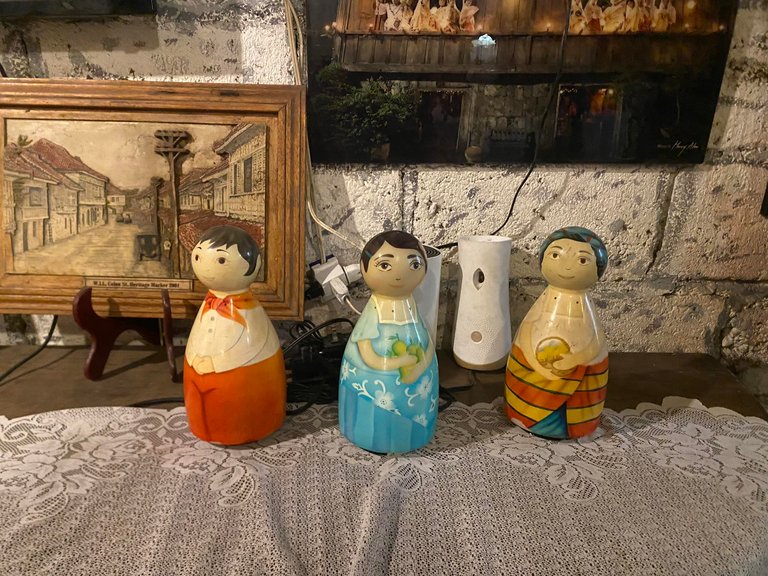
The ancestral house has received a lot of certificates of appreciation, and I believe they deserve even more recognition. The Yap-San Diego family also deserves praise and support for preserving history and heritage site of Cebu.
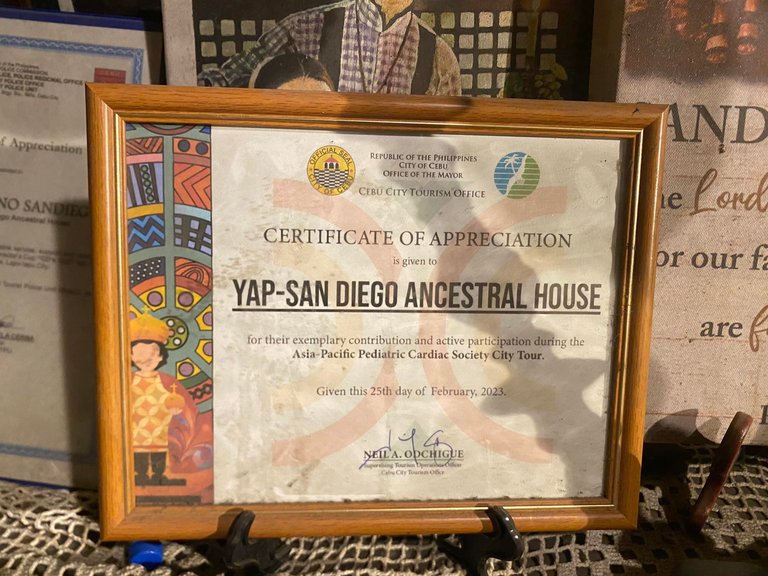
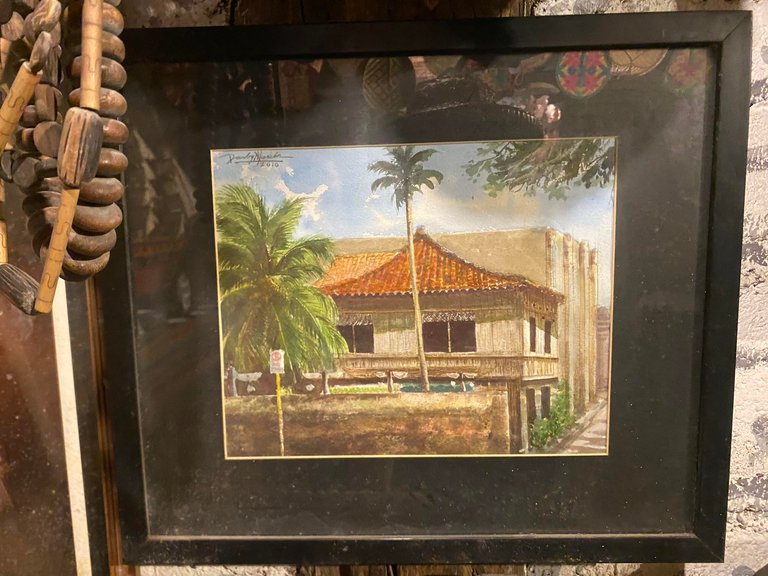
Portraits and paintings of them from their younger years are all over the house, something I noticed while we were exploring. It turns out that they are actually the property's current owner and caretaker which I mentioned from the start.
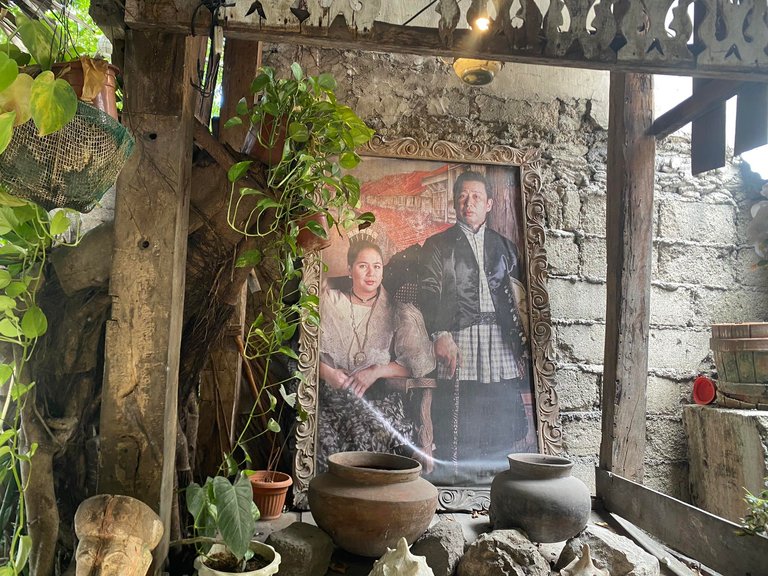
These statues near the bathroom are old and slightly cracked, but it's interesting that they're still kept and preserved.
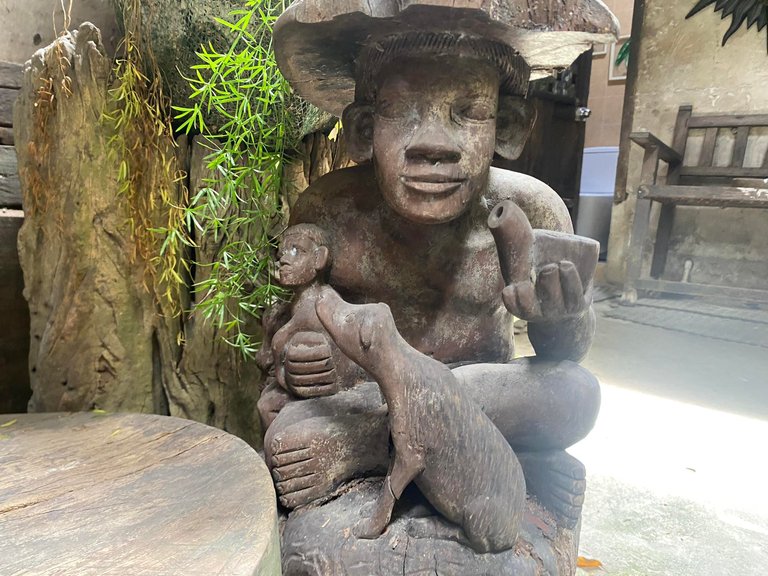

Next, we entered the garden area. Surprisingly, someone was playing a harp. It was quite a wonderful experience for me because he was playing the Cariñosa so beautifully and I took the opportunity to take a video of him. Of course, as a way of appreciating him as a musician, we gave him a tip. I loved it so much-he was like serenading us into calmness and peace, and bringing us back to old times.
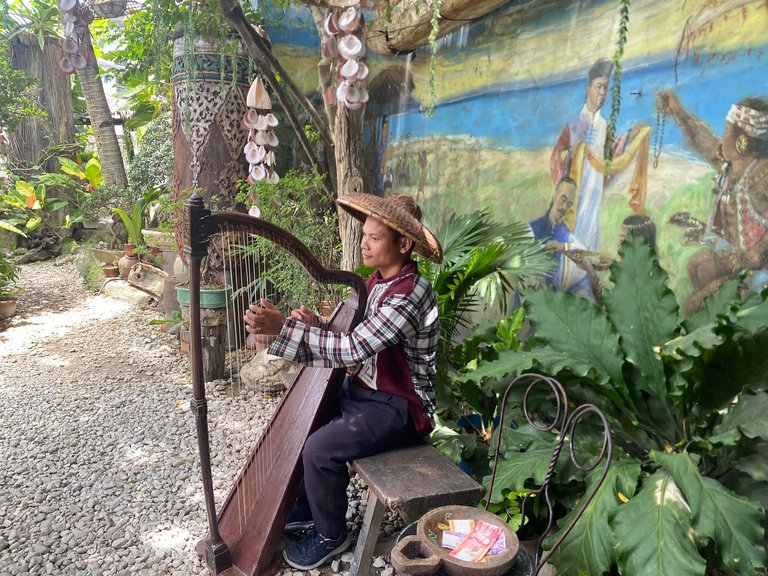

There's also a wishing well! Tin and I both wished and tossed a peso coin into the well, hoping for the best.
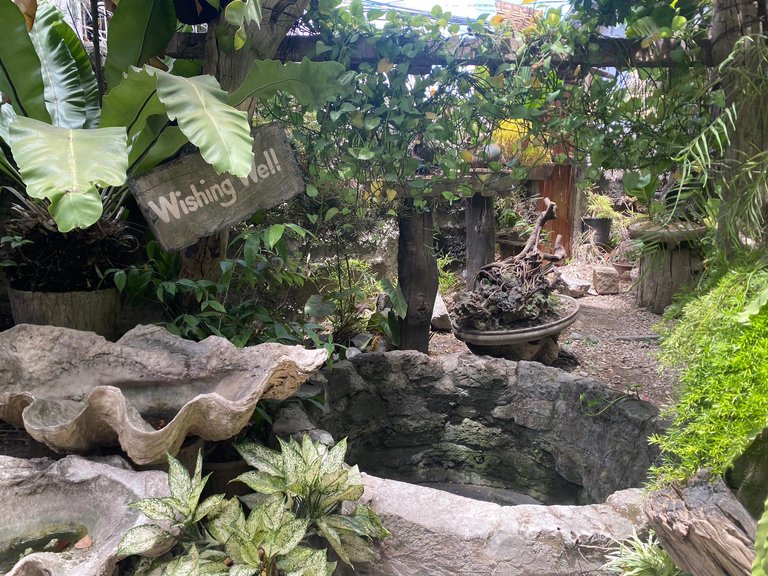
Afterwards, we stepped onto the stairs, which were a bit creaky, but it's totally understandable. You just need to be careful going upstairs.
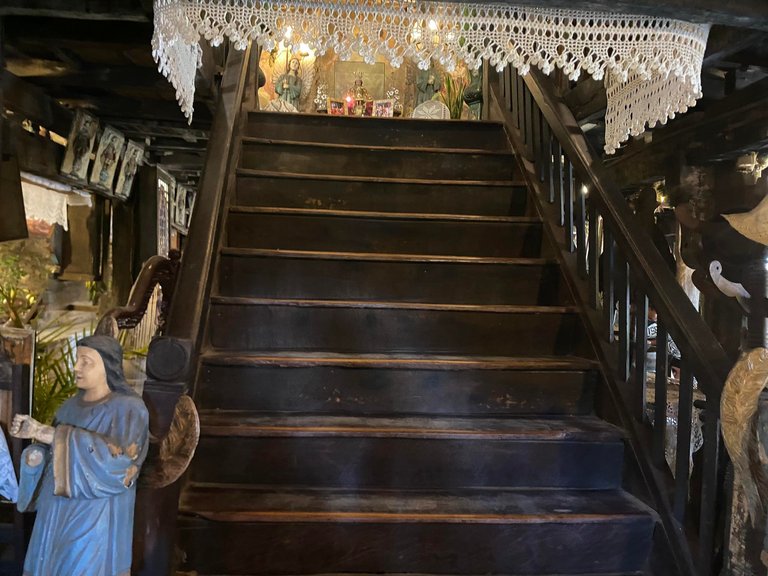
More portraits and paintings of the Yap-Sandiego family are displayed on the second floor, along with Chinese glassware.
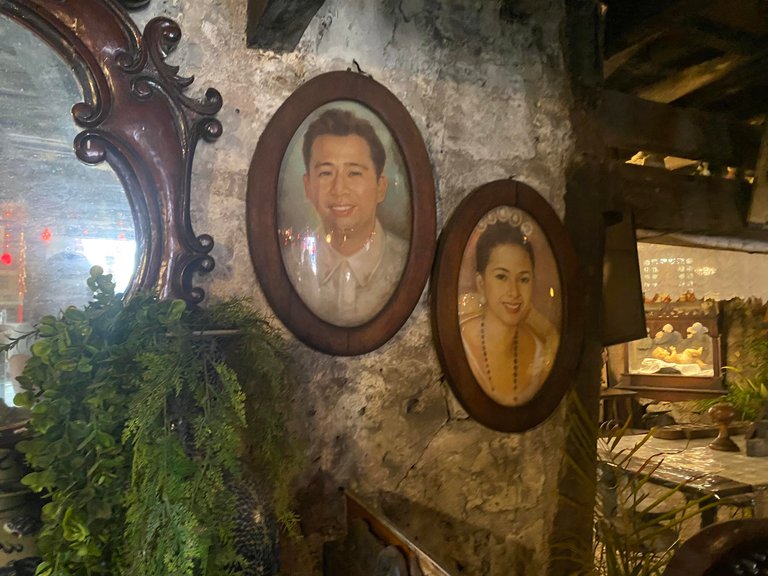

So far, this is the only weapon we have observed in the house.
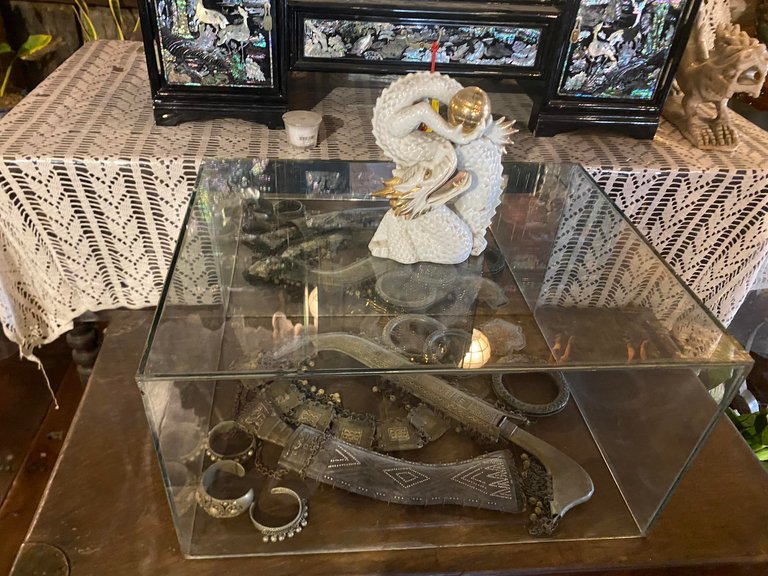
Their family lived well and it gives you that feeling through the preserved items.
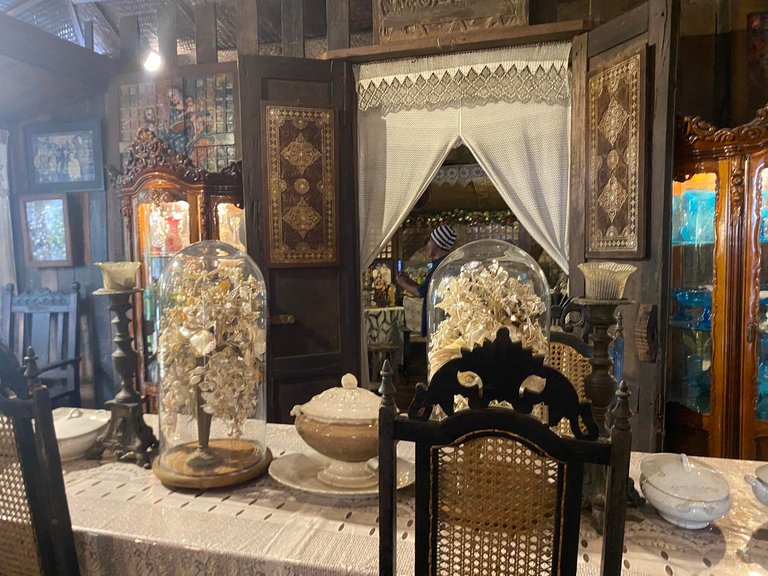
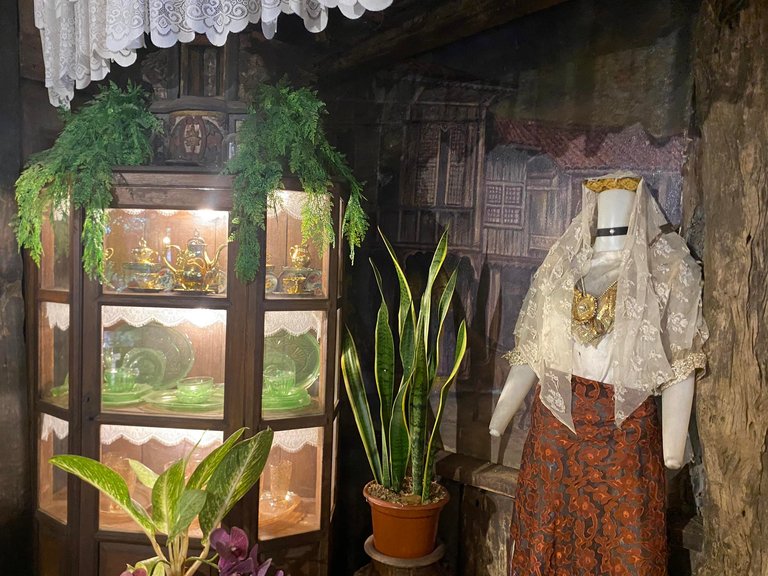
It was my first time seeing an antique charcoal iron, and it looked really small. At first, I thought it was for cooking.
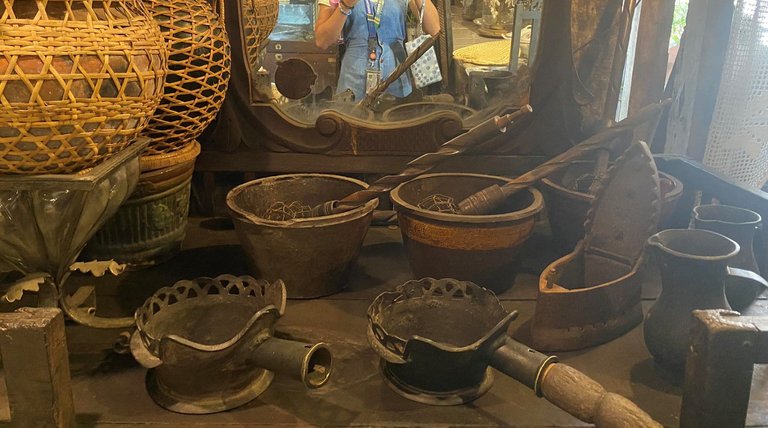
This side somewhat reminded me of my province and made me wonder how people lived during the Spanish colonial period.
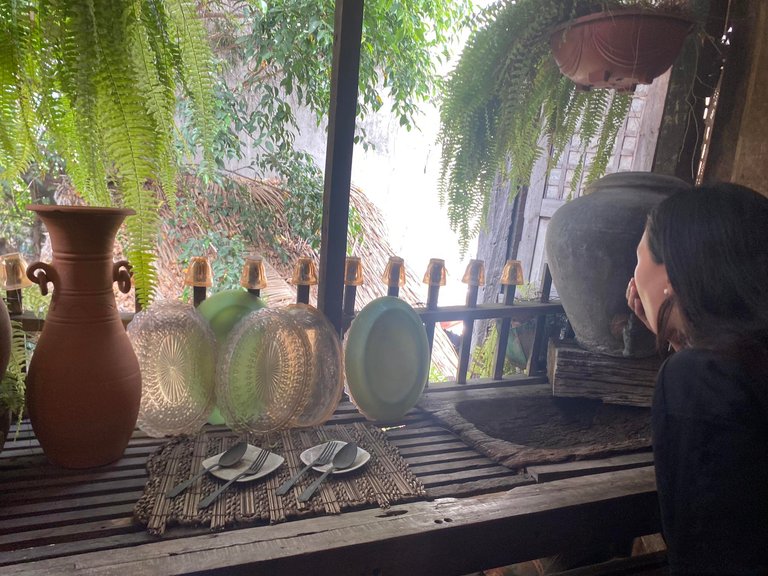
The house definitely has a combination of both Chinese and Spanish architectural influences.
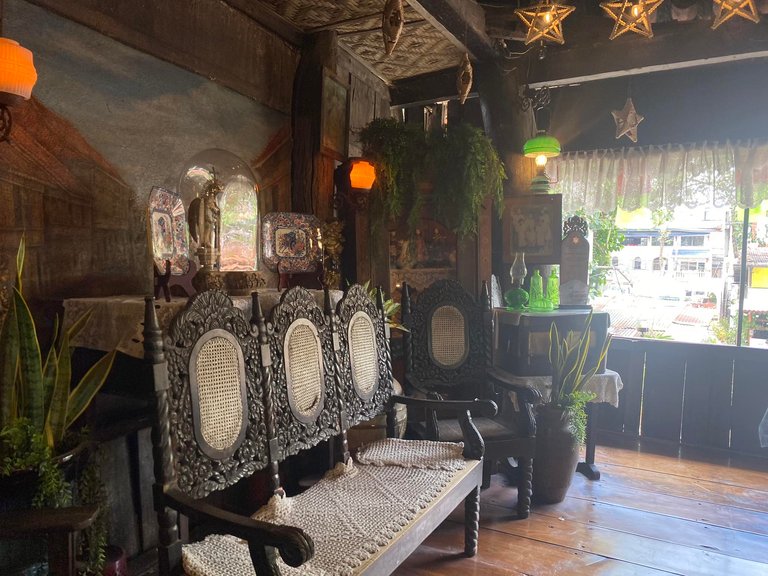
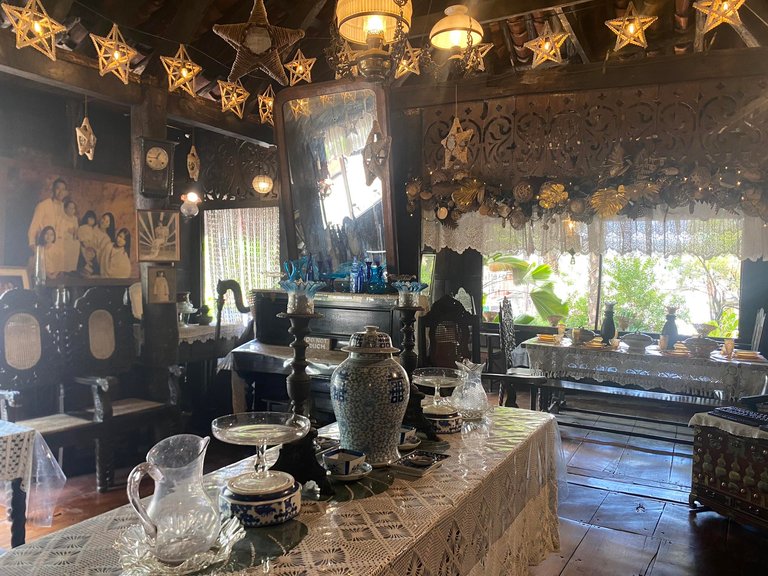
There is a piano as well, but we noticed the "DO NOT TOUCH" sign. I guess you can touch anything except for the piano.
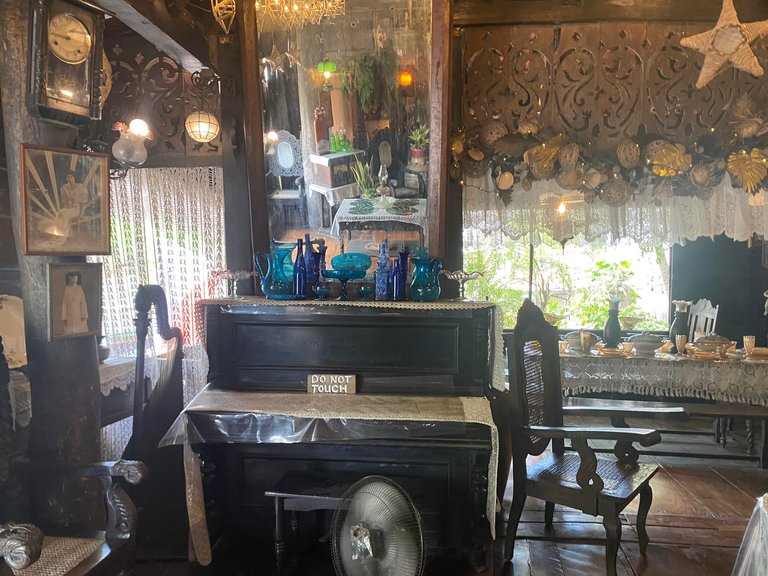
It has been long since the last time I saw an abacus in real life. Although I don't know how it works or how to use it, the same goes with sungka; it reminded me that things like these exist. It also made me wonder if there are still people who use them.
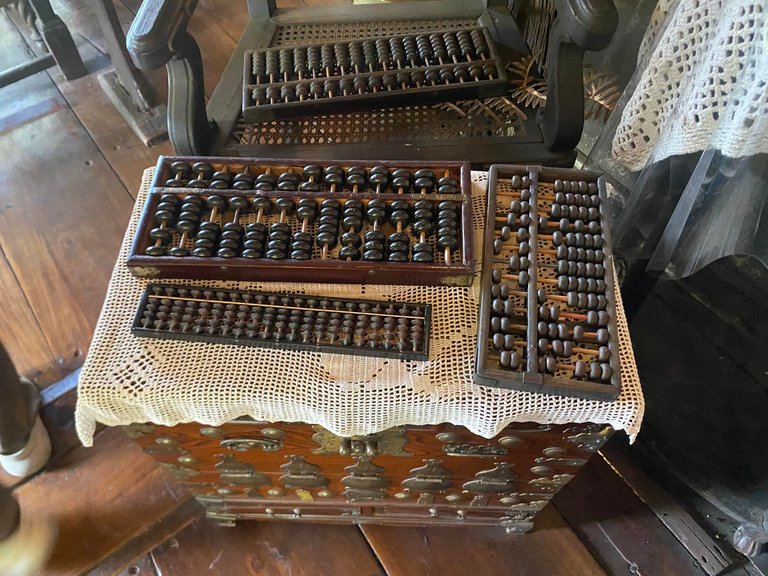
Having the opportunity to see, feel, and touch the artifacts in this place really gave me an intense appreciation and the feeling of being back in old times. Although, most of the materials are made out of wood, they are still sturdy, and we noticed that they used thick and durable types of wood for the second floor of the house, which is quite impressive.
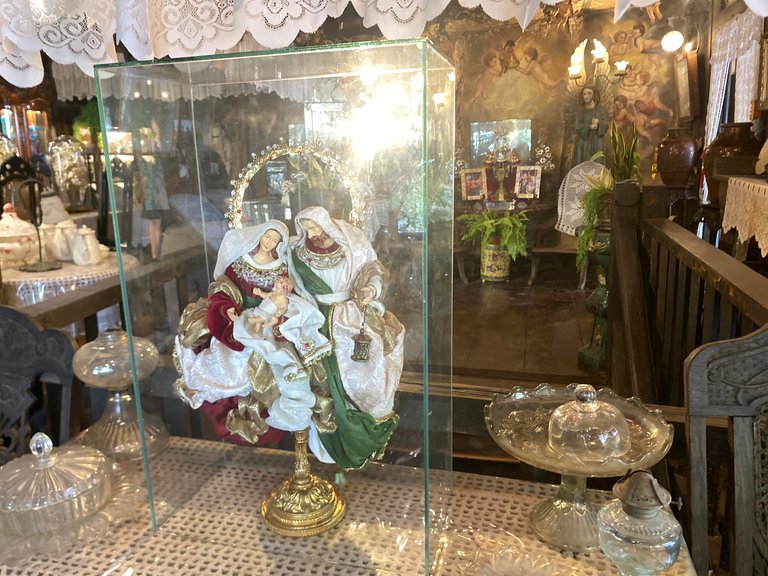

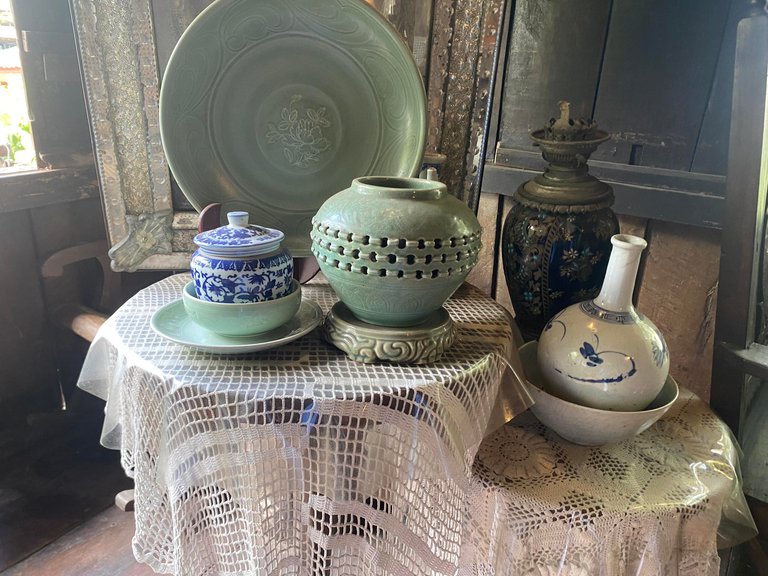
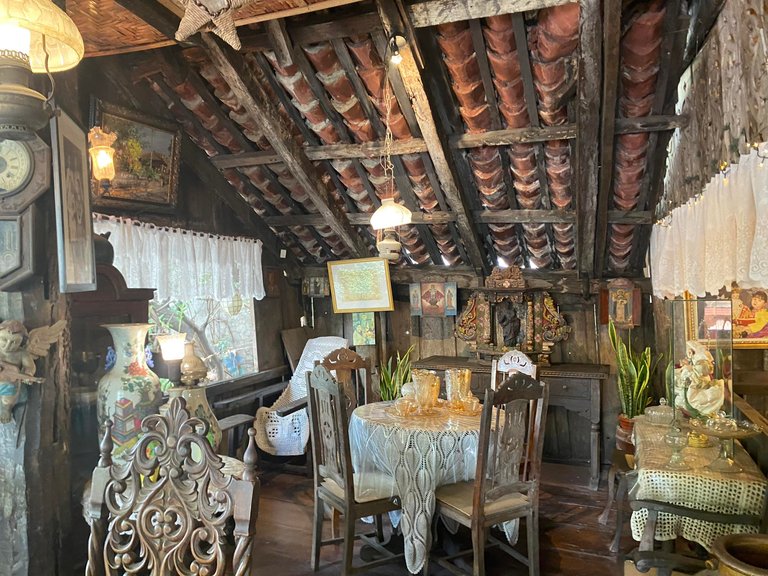
The chairs and furniture in there looked really beautiful despite their age. The more I filled my eyes with all these beauties, the more I appreciated and craved antique items.
When I leaned into the window and looked outside, it just reminded me of the old traditional courtship here in the Philippines, called Harana, where the suitor would sing with a guitar while looking up to the window for his beloved. My imagination was all over the place-making me feel like I was transported to the past.
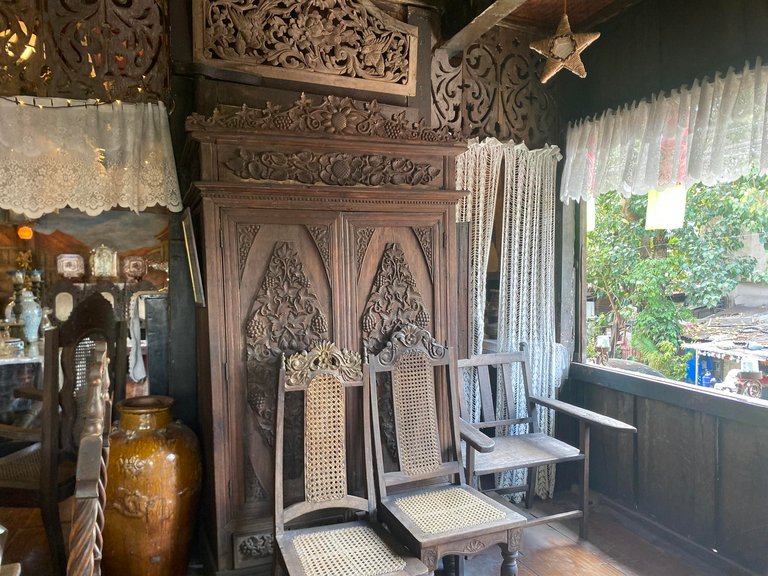
The last area we explored was the master's bedroom. It seemed a bit creepy but our curiosity for the room was stronger.
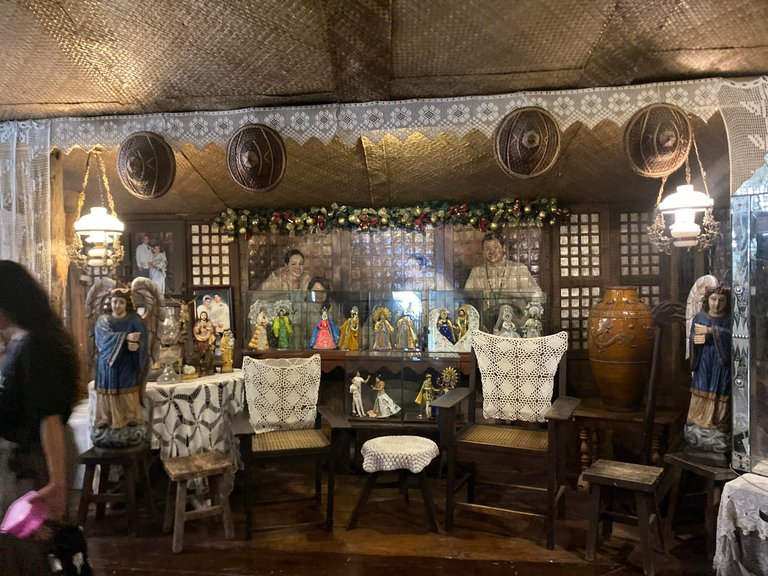

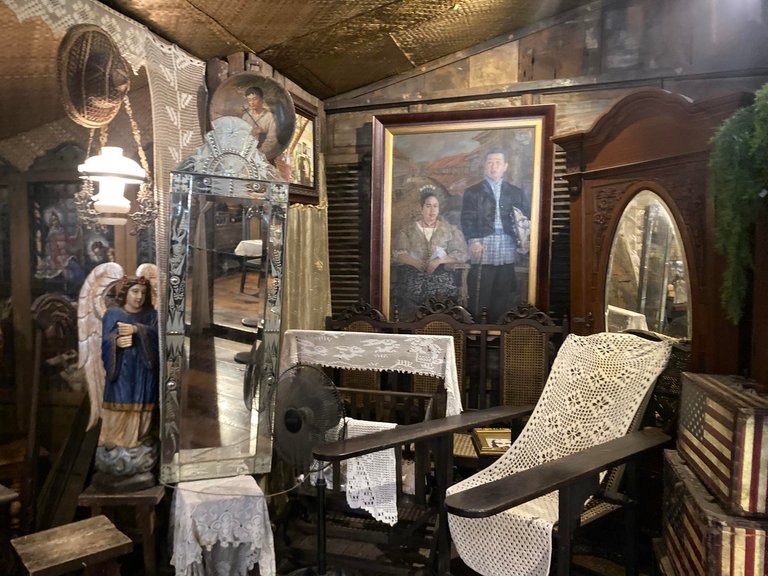
These displays were somewhat funny because they feature Barbie and Ken dolls dressed up in costumes, but they looked all beautiful.
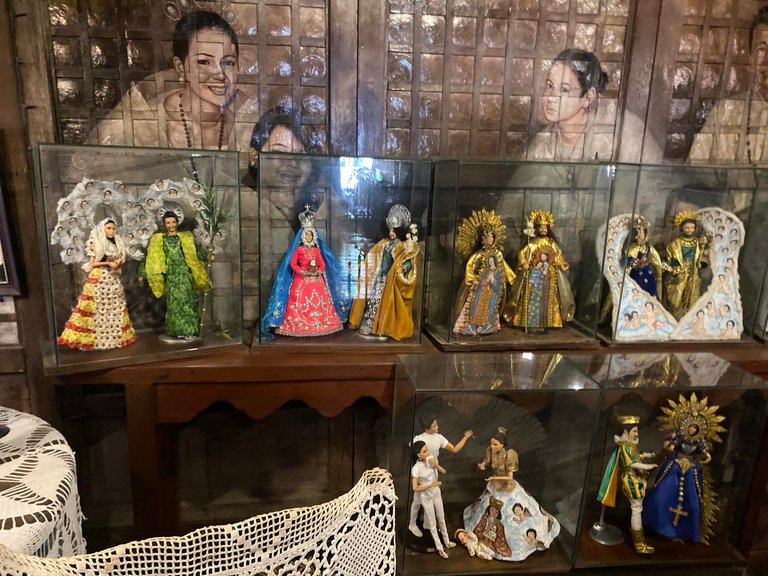
There is also a wooden baby crib, which made me wonder whose baby used to sleep in it.
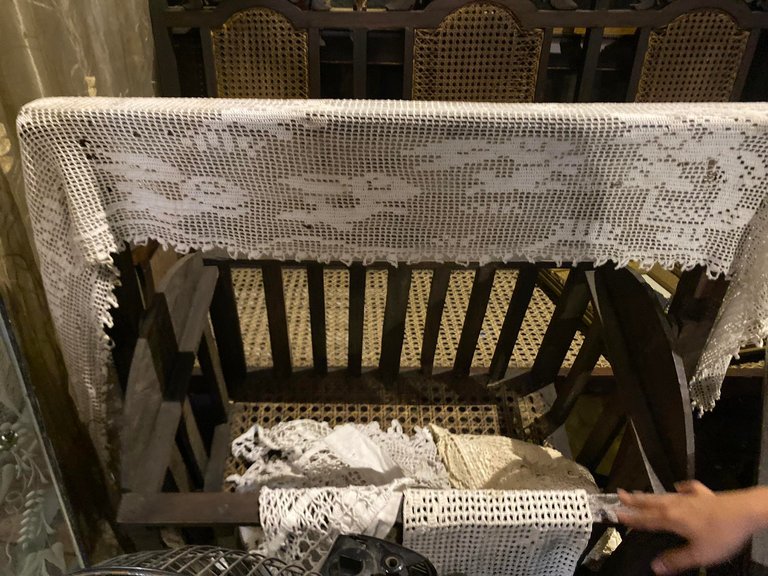
Although we didn't have a tour guide while exploring the ancestral house, it gave me an overwhelming feeling of comfort, wonder, and awe overall. I remember back in my junior high years, my classmates used to shoot their video project in this historical place. I was curious then, and now I feel truly satisfied for finally exploring it and feeling a sense of connection with the place.
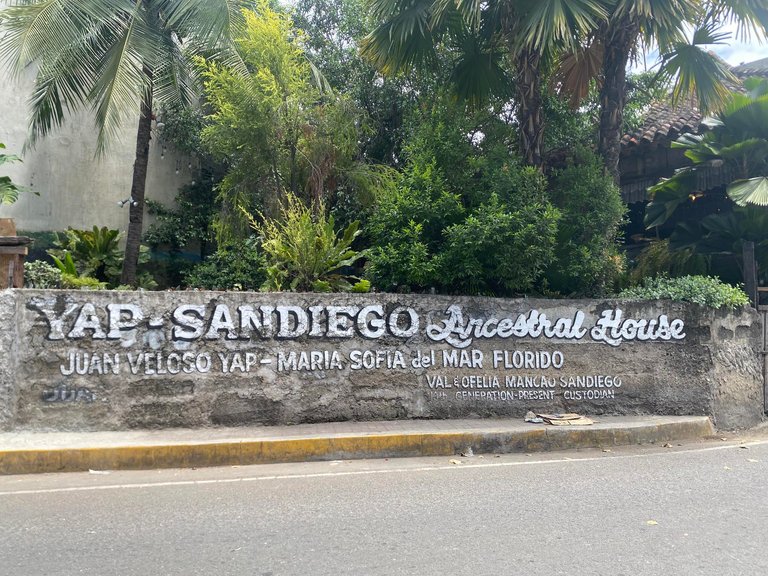
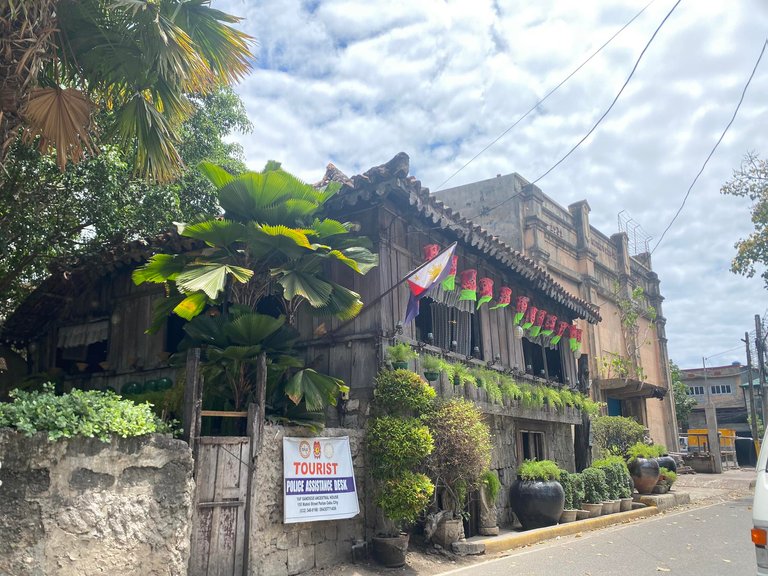
The Yap-San Diego Ancestral House is a must visit. It is located at 155-Lopez Jaena corner Mabini St, Parian District Cebu City, 6000 Cebu.
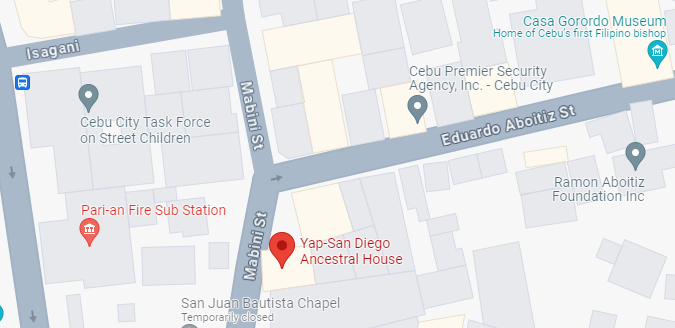
I hope you enjoyed this blog as much as I enjoyed exploring the ancestral house and writing my experience.. Also, I hope you get to visit it- it's definitely worth your time. I have more historical adventures and I'm so excited to share them with all of you! See you in my next blog, sweeties!
Its evident from the photograph how the culture and Antiques are being maintained here.
Definitely, a house more than 300 yrs old and still so well-kept is just amazing.
Time will pass but the culture will stay. Most of the object I had seen in this blog was new in my eyes. I hope those object will stay so that future generations will still remember the past who build the present society they belong
Indeed! I also hope that these objects continue to tell our story for the future generations. Thanks for dropping by here. 😊
It's great to see the well-preserved artifacts. Thanks for sharing this delightful journey
Congratulations, your post has been added to Pinmapple! 🎉🥳🍍
Did you know you have your own profile map?
And every post has their own map too!
Want to have your post on the map too?
Thanks, @pinmapple. 😊
I have passed by there once, and got curious about it. Thanks for this @ikaycutie, I will soon visit the place ☺
Yesss. Enjoy your visit there soon.
Wow so nice @ikaycutie ☺️🫰
What a nice place you got there. It is really amazing to visit an ancestral house💗
Thank you, and I couldn't agree more!
Love this! So much different from what Europeans see, lol!